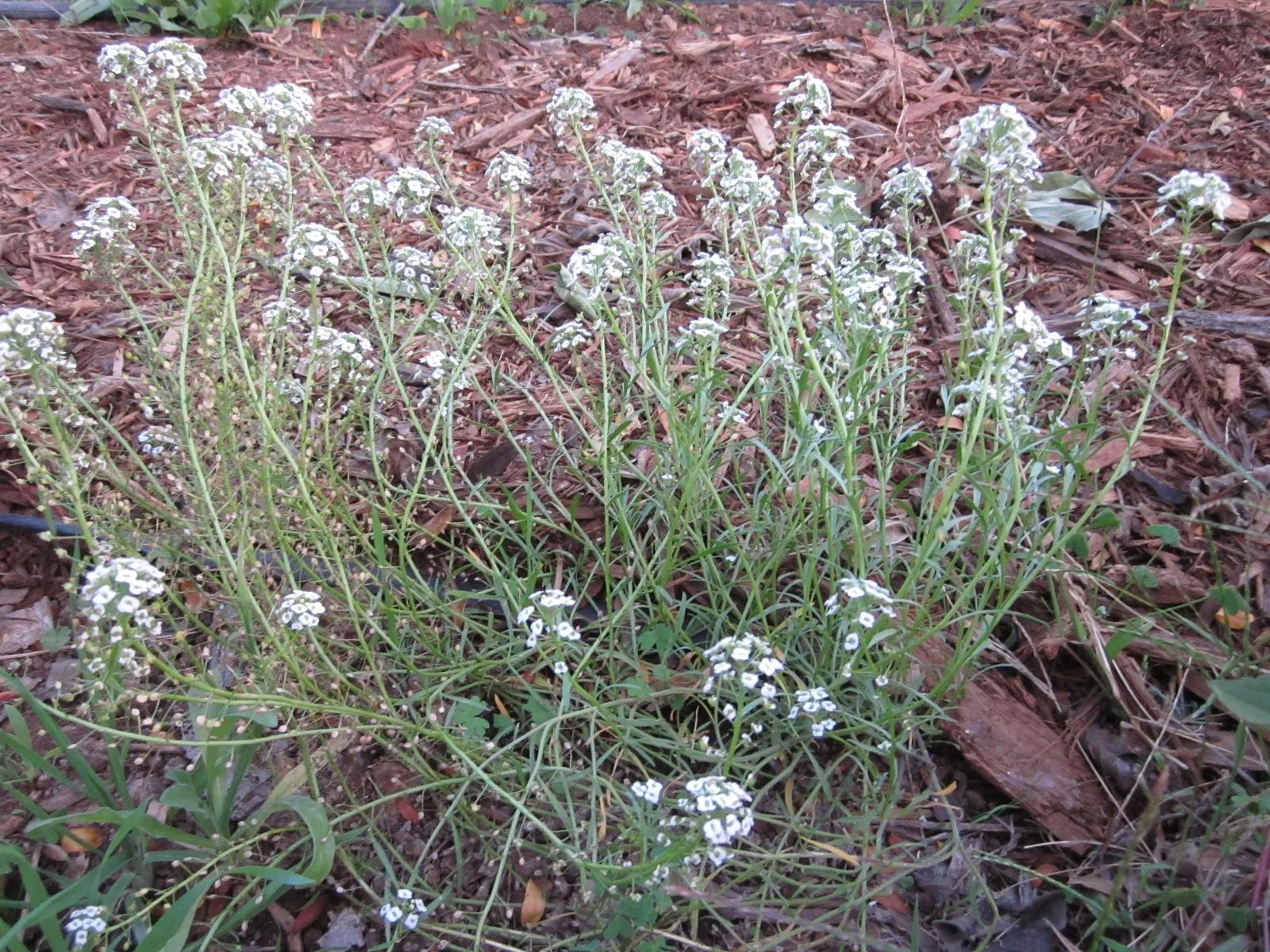Quick & Easy Annual Insectary Rows
Photo credit: CASFS
A thriving population of parasitic wasps, beetles, and other beneficial insects are the lifeblood
of biological
control systems on any organic farm. Providing an adequate food source for these
“beneficials” ensures their presence in your fields and increases their egg laying abilities.
Perennial hedgerows hold a valuable place in any farmscape for inviting these populations, but they
do require a bit of an investment - long term planning, purchasing plant starts, and time to
install. In addition to perennial hedgerows, you can recruit beneficial insects to the farm with
annual insectary rows that require minimal time commitment and are cost effective.
Incorporate insectary rows in your crop plan
Although not directly a “cash crop,” committing even a few of your rows to flowers throughout the
course of the season is bound to ease the burden of inevitable pest management. It’s ideal to sync
up the flower’s bloom time with the life cycle of surrounding crops, as flowers will provide the
greatest advantage when they reach full maturity. If you have a diversified planting plan, you can
dedicate a bed or row specifically for flowers, just as you would with cash crops. On the flip side,
you can also simply keep seed on hand to fill in gaps that might result from running out of
transplants. Liz Milazzo, formerly at CASFS as Field Manager and now at Costanoa Commons Farm in
Santa Cruz, has been incorporating insectary rows in her crop plan for years. She points out that,
“edge beds are often lower in fertility, which usually doesn’t matter with insectary crops” making
edges a convenient planting location. Additionally, it provides you the freedom of holding onto the
blooming plants a bit longer even if adjacent crops have finished and need discing.

Photo credit: Liz Milazzo
Keep it low maintenance
Knowing the growth habit of the species you select will help inform how you place and time
plantings. It would be wise to avoid anything that grows too vigorously which results in either
material too fibrous to mow or that sprawls onto neighboring beds. “Other problems I’ve encountered
are the insectary trapping too much moisture in a foggy season, like a dense carpet of sweet
alyssum” or “not realizing that the insectary would harbor an (unwanted) pest, such as the Lygus Bug
on Phacelia or Bagrada bug on Alyssum” Liz shares. She also points out that it’s crucial for the
insectary to be faster growing than the weed competition; specifically, “you need to see a strong
line at germination to know that the insectary species will be able to adequately compete with the
weeds.”
What to plant and how much
It’s really about quality not quantity. A UC study
found that beneficial insects traveled as far as 250 feet from the insectary rows, proving that a
little goes a long way. Liz’s favorite species for the California central coast are: Sweet Alyssum,
Phacelia Tanectifolia, California Poppy, Clarkia Amoena, annual Buckwheat, Flax,and Cilantro (which
she points out is “faster growing than other apiacea with reasonably priced seed.”) One of the
reasons she prefers these selections is that they are tough species that can be planted densely
without concern for overcrowding.
A larger list of insectary crops and the insects they host can be found here
and a more detailed guide to selecting and designing insectary rows can be found here.
If you liked this article, and want to see more like it, enter your email in the subscribe box to the top-right of this page and we'll send you new blog articles as we publish them.

Jane works as a Field Production Specialist at the Center for Agroecology and Sustainable
Food Systems, where her days are filled with tractor work, irrigation coordination, orchard
care, and educating apprentices and interns. Her favorite way to end a long day's work in
the sun, is running down the hill to Mitchell's Cove and jumping in the Pacific.